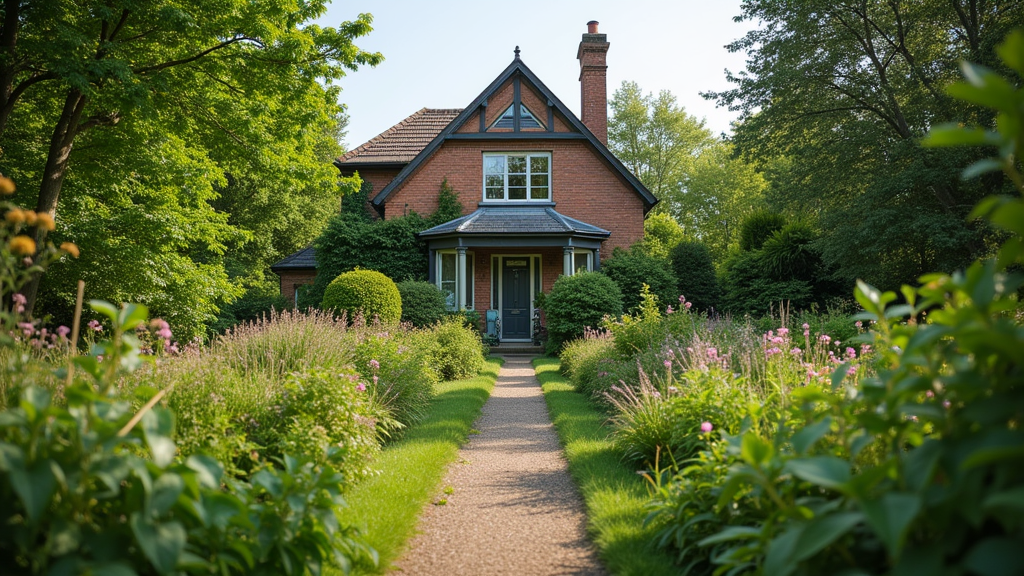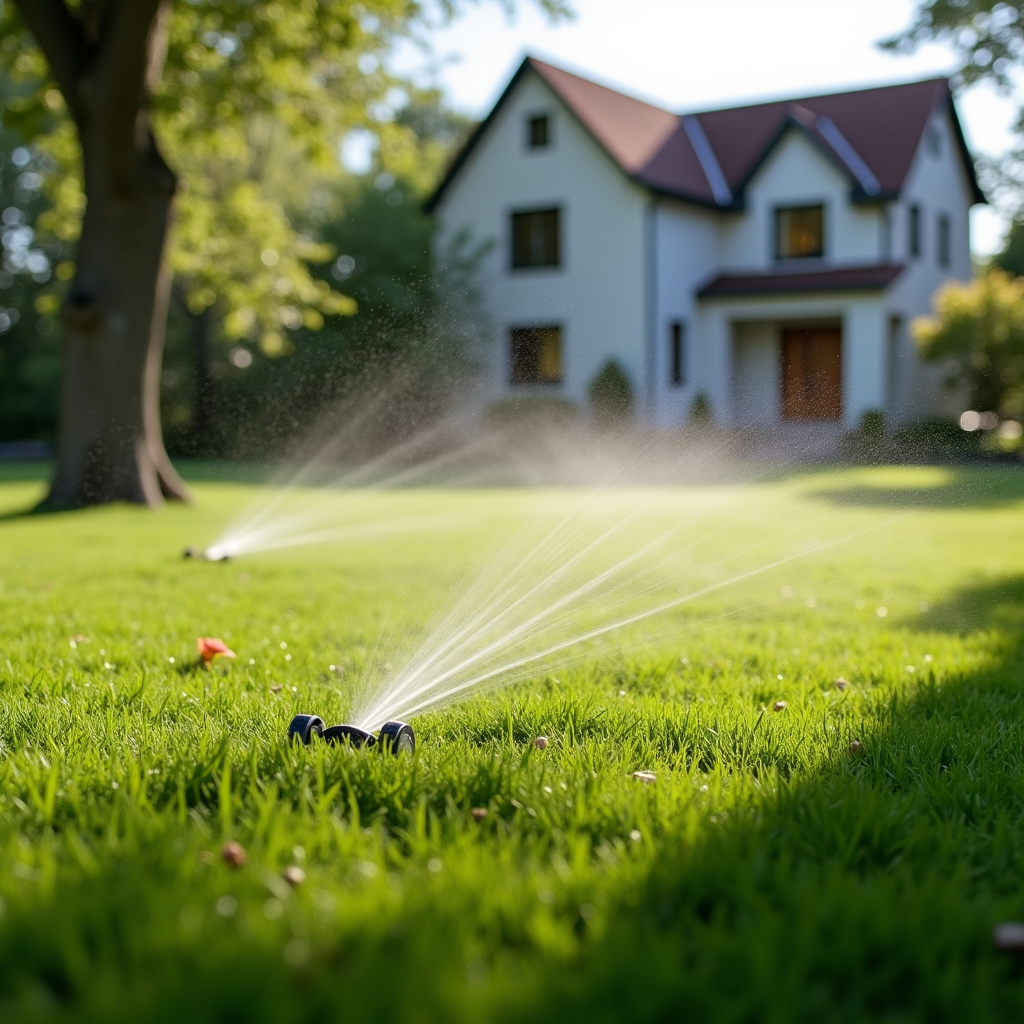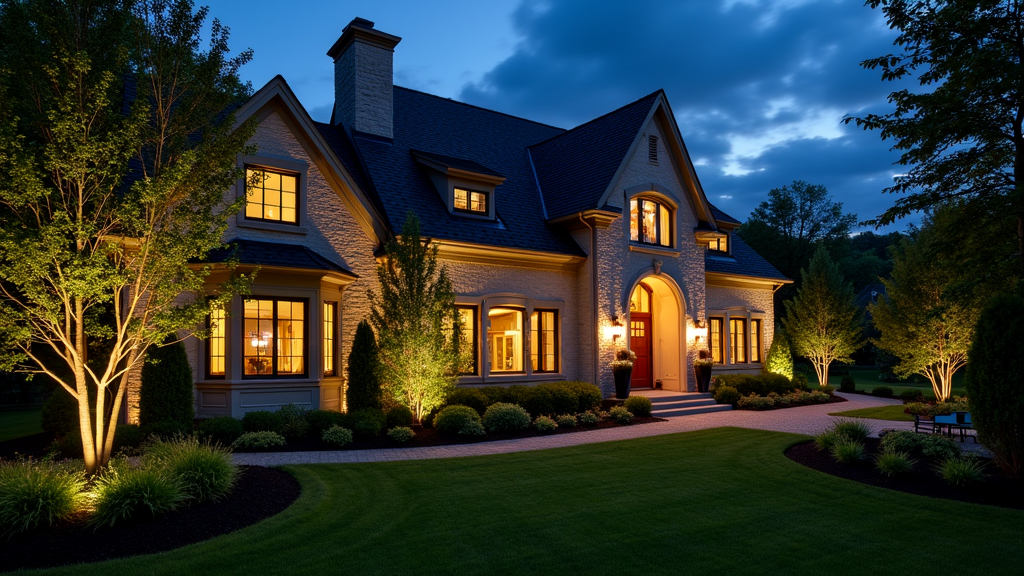Introduction
Planning a landscape renovation can be one of the most rewarding home improvement projects you can undertake. However, many homeowners hesitate due to concerns about budgets spiraling out of control. Fear not! This comprehensive guide will walk you through how to plan a landscape renovation without breaking the bank. You’ll learn how to create an aesthetically pleasing outdoor space while remaining financially savvy.

How to Plan a Landscape Renovation Without Breaking the Bank
When considering how to plan a landscape renovation without breaking the bank, it’s essential to have a clear vision and practical strategies in place. Here are some crucial steps:
1. Define Your Goals for Landscape Design
Before diving into any project, ask yourself: What do I want from my outdoor space?
- Enhance Curb Appeal: Are you looking to make your home more inviting? Functional Spaces: Do you need areas for entertaining or relaxation? Sustainability: Are you interested in eco-friendly practices?
Identifying your primary goals will help guide your decisions throughout the renovation process.
2. Set a Realistic Budget
Creating a budget is indispensable when planning any landscape design project. Here’s how to break it down:
| Item | Estimated Cost | |-----------------------|-----------------| | Design Consultation | $100 - $500 | | Plants & Trees | $300 - $2,000 | | Hardscaping Materials | $500 - $5,000 | | Labor Costs | Varies | | Maintenance | Annual cost |
Be sure to leave some wiggle room for unexpected expenses that might pop up along the way.
3. Research Local Regulations and Permits
Before getting too far into your plans, it's wise to check if you need any permits or if there are restrictions on landscaping in your area. Some municipalities have rules regarding fencing heights, tree removal, or even types of plants allowed.
4. Create a Vision Board
Visualizing is key when designing landscapes! Put together a vision board using images from magazines or online sources like Pinterest. This will help solidify what you want and make it easier for any professionals involved to understand your desires.
5. Choose Low-Maintenance Plants
One great way to save money in the long run is by selecting low-maintenance plants that require less water, fertilizer, and upkeep.
- Native Plants: These species thrive in local conditions and require minimal care. Drought-resistant Varieties: Perfect for saving on water bills!
6. DIY Where Possible
One of the best ways to save money during your landscape renovation is by doing some work yourself. With online tutorials at your fingertips, even novice gardeners can take on basic tasks like planting flowers or laying mulch.
7. Prioritize Hardscape Features
While softscapes (plants) are vital for aesthetics, hardscapes (patios, paths) provide structure and longevity to your design. Consider investing in durable materials that will stand the test of time without frequent replacement costs.
Understanding Landscape Design Principles
8. Balance and Symmetry in Designing Landscapes
Achieving balance is essential when designing landscapes. It creates harmony between elements:
- Symmetrical Balance: Both sides mirror each other. Asymmetrical Balance: Different elements balance equally but don’t match.
This adds visual interest while ensuring that no single element overpowers another.
9. The Importance of Color Theory in Landscaping
Color plays a significant role in creating mood and atmosphere within your garden:
- Use bright colors near seating areas for energy. Soft hues around pathways create tranquility.
Mixing complementary colors can also enhance the beauty of your landscapes!
10. Texture Adds Depth
Incorporating various textures—smooth stones against rough bark—can add depth and interest to your design.
Examples of Textures:
- Smooth pebbles Rough wood Fuzzy leaves
Combining these can make your garden feel more dynamic!
Innovative Ideas for Landscape Renovation on a Budget
11. Repurpose Existing Materials
Instead of buying new materials, look at what you already have:
- Old bricks could be transformed into pathways. Wooden pallets can become raised gardening beds!
Be creative with repurposing; it saves cash and adds character!
12. Start Small with Phased Improvements
You don’t have to do everything at once! Consider starting with smaller projects like adding flower beds or installing decorative edging around existing gardens before moving onto larger features like patios or water features.
13. Use Mulch Wisely
Mulch not only enhances aesthetics but also reduces weed growth while maintaining soil moisture—saving both time and money!
Types of Mulch:
Wood Chips Straw PebblesChoose based on availability and desired effect!
Hiring Professionals vs DIY: What’s Right for You?
14. Know When to Call in Experts
While DIY projects can be fun, sometimes hiring professionals is necessary:
For complex designs, If you're unsure about local regulations, When heavy machinery is needed.
Consider consulting with landscape designers who can offer insights into efficient planning without overspending.
15. Seek Multiple Quotes from Contractors
If you're leaning towards hiring help, get multiple quotes! Don’t settle for the first price; competition often leads contractors to offer better deals when they know you're shopping around.
Landscaping Trends That Save Money While Looking Fabulous
16. Xeriscaping: Water-Efficient Design Strategies
Xeriscaping involves designing landscapes that require minimal irrigation—the perfect solution if you're trying to save on water bills! Using drought-resistant plants minimizes maintenance while keeping things beautiful all year long.
17. Edible Landscaping: Combining Beauty with Functionality
Why not grow food while beautifying your space? Integrate edible plants like herbs or fruit trees into traditional flower beds—this offers both aesthetic appeal and fresh produce right outside your door!
Maintaining Your Newly Designed Landscape Efficiently
18: Develop an Ongoing Maintenance Plan
Once you've completed your renovation, maintenance becomes crucial! Create an ongoing schedule that includes regular watering (especially during dry seasons), weeding every couple of weeks, pruning as necessary—and don’t forget mulching yearly!
Sample Maintenance Schedule:
| Task | Frequency | |------------------|-------------------| | Watering | Weekly | | Weeding | Bi-weekly | | Pruning | Monthly | | Mulching | Annually |
Staying consistent will ensure all your hard work pays off!

FAQs About Landscape Renovation
Q1: How much does professional landscape design typically cost?
A1: Costs vary widely but generally range from $50-$150 per hour depending on experience and location.
Q2: Can I do my own landscaping without experience?
A2: Absolutely! Many resources exist online for beginners willing to learn basic skills through videos or articles dedicated specifically toward DIY landscaping techniques.
Q3: What types of plants are best for low-maintenance gardens?

Q4: Is it worth investing in hardscaping?
A4: Yes! Hardscapes provide structure while enhancing property value; they last longer than softscapes (plants) making them cost-effective options over time.
Q5: How important is drainage planning during renovations?
A5: Extremely important! Proper drainage prevents water pooling which could damage plant roots leading ultimately towards costly repairs later down the road should issues arise after installation work has taken place initially unaccounted-for beforehand…
Q6: What are some affordable materials I can use for hardscaping?
A6: Consider using crushed stone or recycled concrete as these options tend not only cost less but also lend themselves nicely towards creating unique designs tailored specifically toward personal tastes/preferences rather than simply settling upon generic https://www.ramirezlandl.com/about choices available elsewhere locally without careful consideration behind each individual decision made overall…
Conclusion
Now you’re equipped with everything you need on how to plan a landscape renovation without breaking the bank! Remember—start by defining clear goals followed by setting realistic budgets then research extensively before diving headfirst into executing ideas carefully thought-through beforehand so as not incur unnecessary expenses later down road unexpectedly arising without prior knowledge/awareness concerning potential challenges encountered along way thus ensuring smooth sailing throughout entire process—including maintaining newly designed landscapes effectively afterward ensuring all hard work put forth pays off beautifully well beyond initial investment made initially at very beginning stages undertaken previously mentioned above…
Happy gardening! 🌿